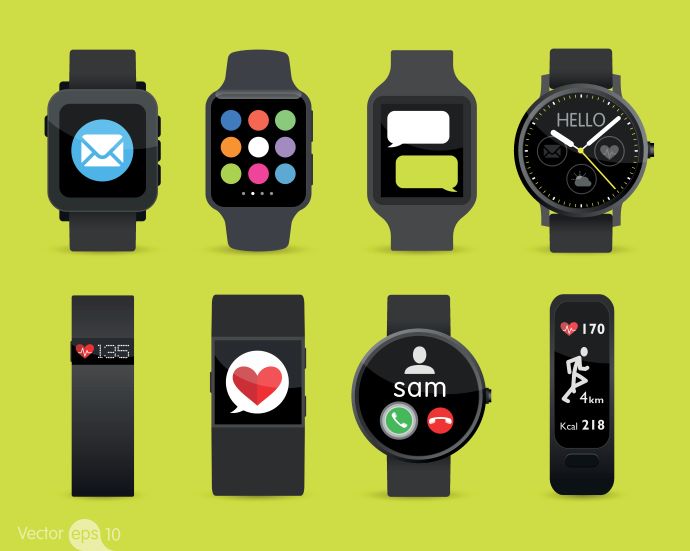Long-Term Digital Health Tool Use Linked to Demographic, Health Factors
Older individuals, women, and college graduates participating in a digital health study were more likely to consistently use digital health tools over a one-year period, new research shows.

Source: Getty Images
- Sociodemographic and health-related factors, like age, gender, education, and depressive symptoms, are significantly associated with the use of digital health devices long term, according to a new study.
Published in npj Digital Medicine, the study aimed to determine the long-term use of devices and applications in digital health studies. Smartphone applications, smartwatches, and Bluetooth-enabled devices are increasingly used in research to track a wide array of health behaviors and engage patients in disease self-management. But long-term adherence to device use is one of the fundamental problems in digital health studies, the researchers noted.
In 2016, the Framingham Heart Study established a nested e-cohort to evaluate cardiovascular disease phenotypes using digital devices. The long-term study began in 1948 and is focused on identifying the common factors contributing to cardiovascular disease across generations.
The nested cohort had access to a smartphone app-based health survey, a smartwatch, and a digital blood pressure (BP) cuff. Those in the cohort using the smartphone app were asked to complete surveys at enrollment and every three months. Those using the smartwatch had their steps and heart rate data collected daily, and those using the BP cuff had measurements collected weekly.
In all, 1,243 participants chose to use a smartwatch, and 1,125 decided to use the BP device. Among them, 1,185 participants transmitted smartwatch step or heart rate data, and 969 participants provided BP measurements. Of the 1,918 cohort participants who used the smartphone app, 1,705 completed at least one baseline survey within 90 days. Overall, 798 individuals used all three tools.
The study shows that smartwatch and BP cuff use decreased over the one-year period studied. Smartwatch use dropped from 56 percent at 26 weeks to 44 percent at 52 weeks, while BP cuff use declined from 26 percent at 26 weeks to 21 percent at 52 weeks. Further, researchers found that participants were more likely to use the smartwatch than the BP cuff overall, and older participants were more likely to use these digital devices than younger adults.
Not only that but participants with higher depressive symptoms scores were linked to lower odds of smartwatch use.
Similarly, smartphone app survey completion decreased over time. While both female and male participants had high survey return rates at baseline, women were more likely to complete surveys at each three-month interval compared to men.
Further, participants 65 years and older and those between 55 and 65 had higher survey app usage than younger participants over the study period. College graduates or those with a professional degree were also more likely to use the survey app compared to participants who had only completed high school or had less than a high school education.
"The findings of this study can be used to plan future research to increase engagement when deploying digital devices for CVD monitoring," the researchers concluded. "Participants with lower educational levels, lower than excellent self-reported health, and higher depressive symptoms may benefit from additional support to enhance sustained device use."
Sustained engagement in digital device use will become more important as providers turn to these tools to improve patient care.
Survey results published last September show that the average number of digital health tools used by a single physician grew from 2.2 in 2016 to 3.8 in 2022. The survey, which was the third in a series, polled 1,300 US physicians.
This increase in digital health tool adoption can be seen across age groups and genders. For instance, the average number of tools used by male and female physicians rose from 1.9 for both groups in 2016 to 3.8 among male and 3.9 among female physicians in 2022.
The 2022 survey also revealed that most physicians believed digital health tools could help bolster chronic care management (60 percent) and preventive care (59 percent).
